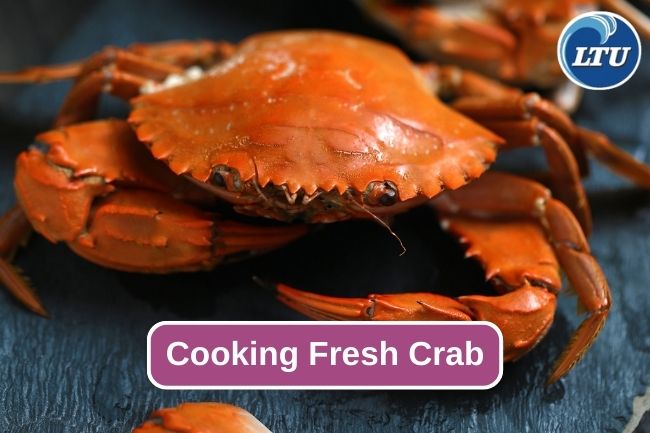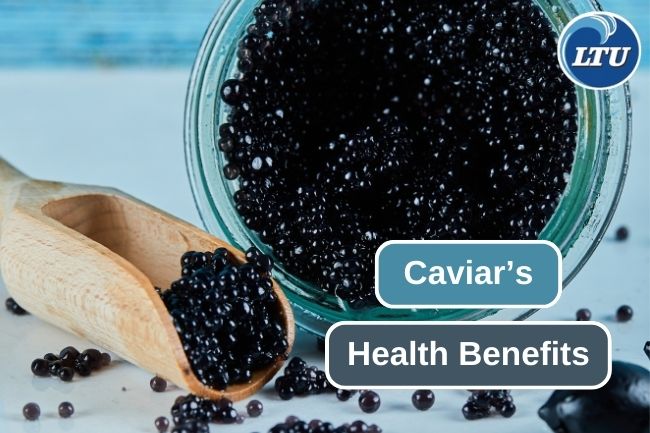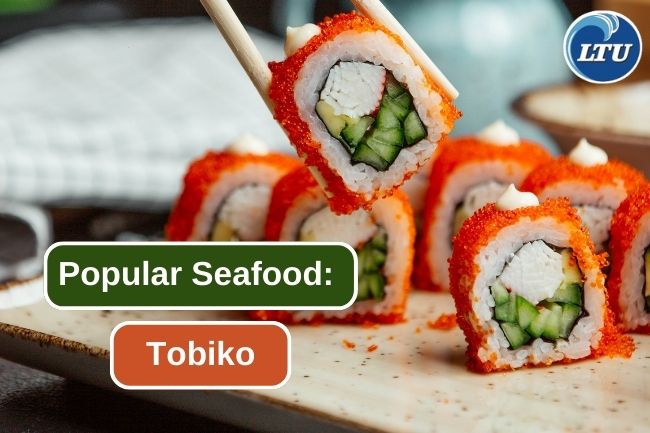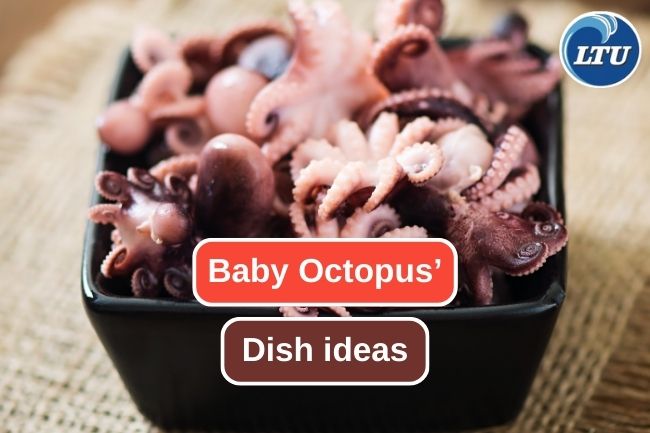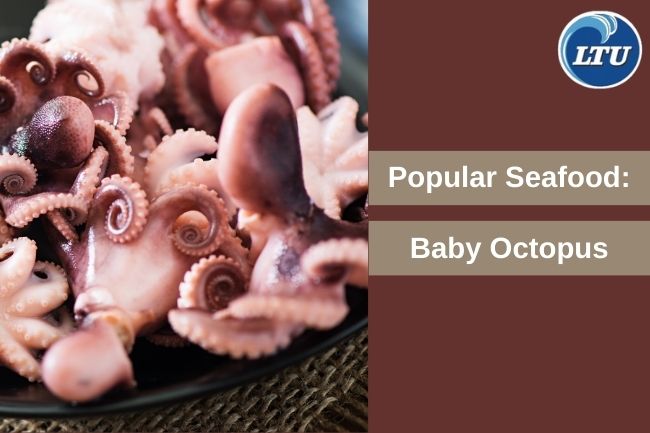How Fishmeal Making Process Works
By. Nevanda - 24 Jul 2023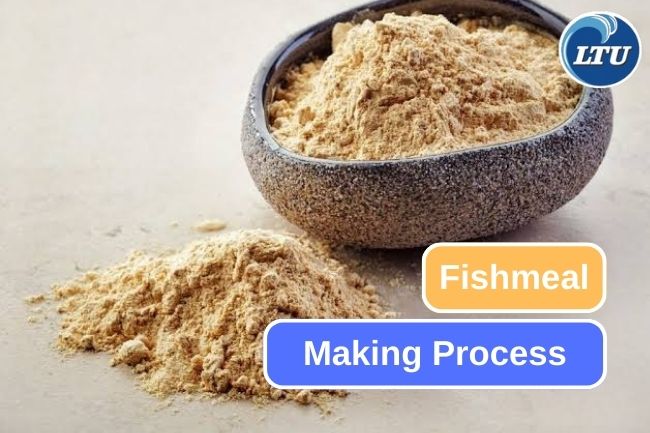
lauttimur.com - The process of making fishmeal involves several processing steps to turn fresh fish into flour with high nutritional content. The following are the general stages in making fishmeal:
1. Fish selection
The first step is to select high-quality fresh fish. The fish used can be of various types, including fish that are not suitable for direct consumption due to their small size or shape.
2. Washing and molding
Once selected, the fish is washed with clean water to remove any dirt or other residues. After that, the fish is usually separated into fillets or cut into small pieces to make the drying process easier.
Read also: 3 Advantages of Longlines as a Fishing Gear
3. Milling
The washed and cut fish is then ground to form fish paste. This milling aims to reduce the size of the fish and mix the fish parts evenly.
4. Heating
The fish paste is then heated in a heating machine to remove its moisture content. This process is very important, because water needs to be removed so that the fishmeal is not easily damaged and has a longer shelf life.
5. Drying
The heated fish paste is then further processed by drying. Drying can be done by various methods, including hot air drying or other drying systems. The objective of this stage is to reduce the moisture content until the fishmeal reaches the desired level of dryness.
Read also: These Are Some Nutrition You Get From Tuna
6. Advanced Grinding
After the drying process, the fishmeal will harden and form a denser texture. Next, the fishmeal is refined through milling to achieve a suitable particle size.
7. Screening and Separation
The fishmeal is then screened to separate any coarser or unwanted particles, thus obtaining a smooth and uniform final product.
8. Packaging
The finished fishmeal is then packaged in appropriate packaging to maintain its quality and hygiene. Good packaging will help extend the shelf life of the fishmeal.
After passing through all the above stages, the fishmeal is ready to be distributed and used in various industries, such as animal feed, human food, cosmetic products, and others. This process of making fishmeal ensures that the nutritional content of the fish is well preserved and can provide valuable benefits in various applications.


